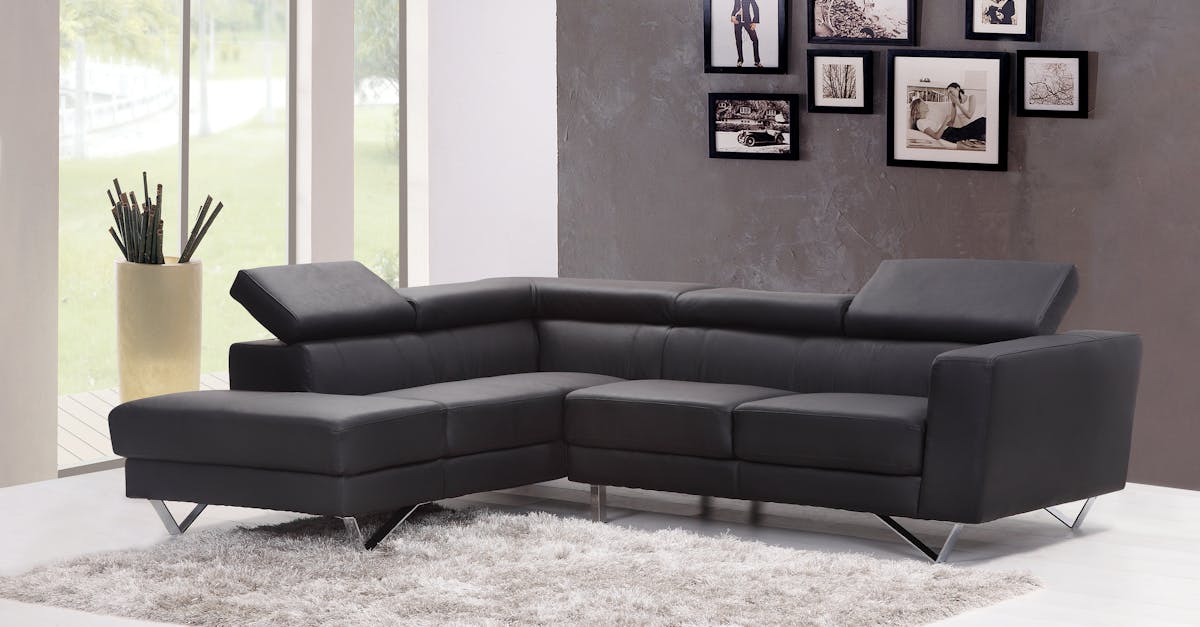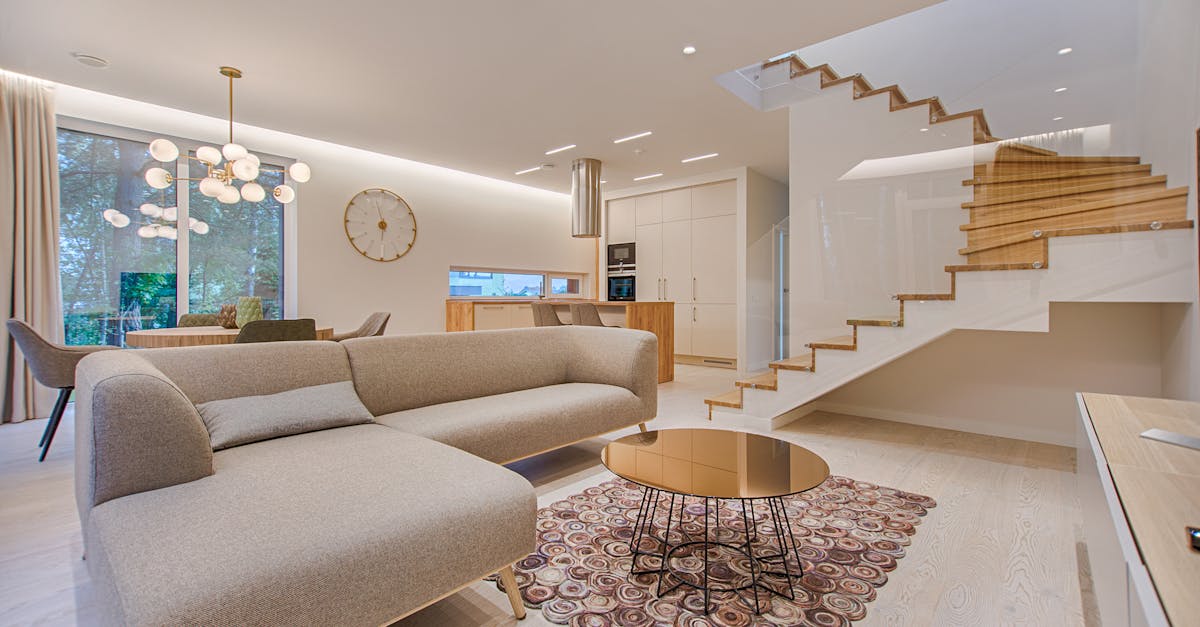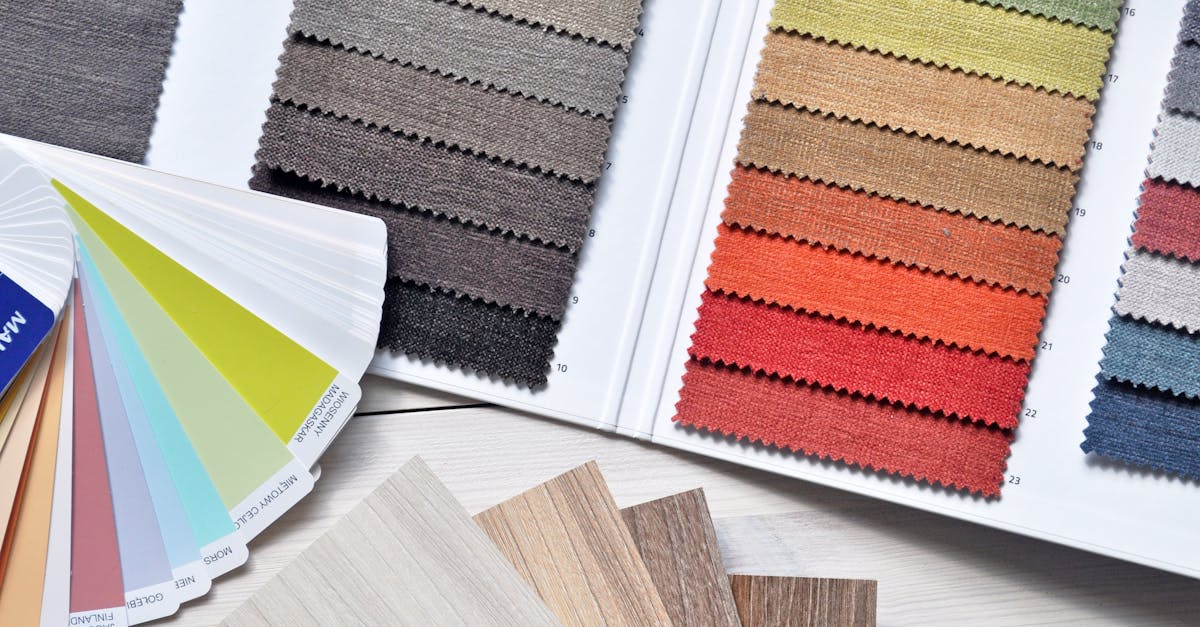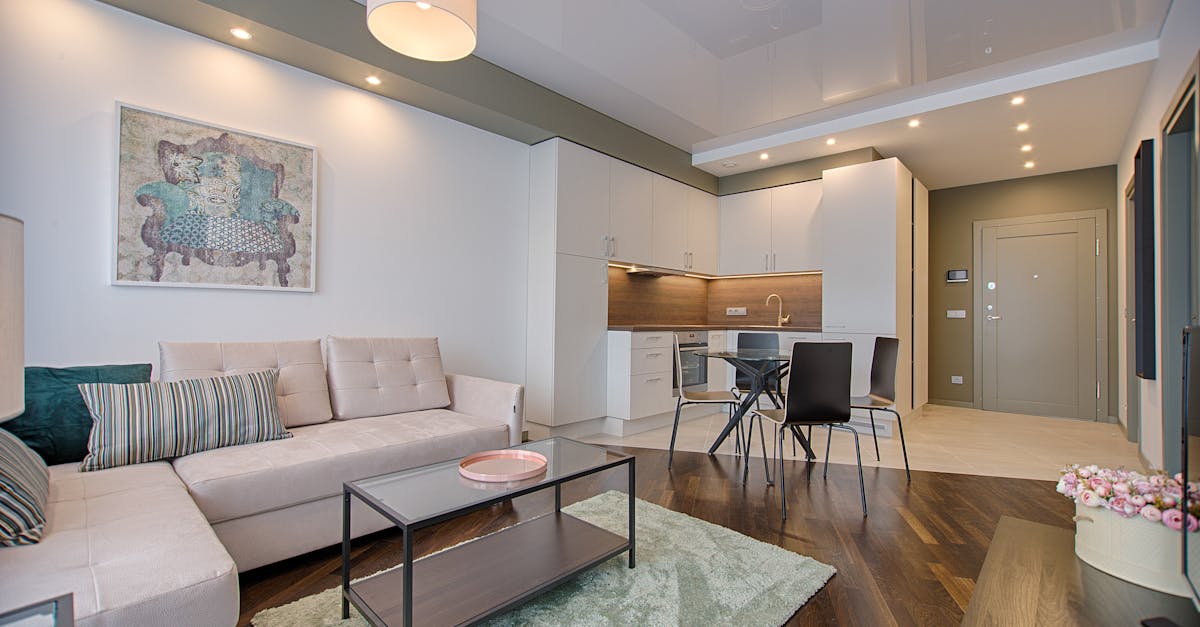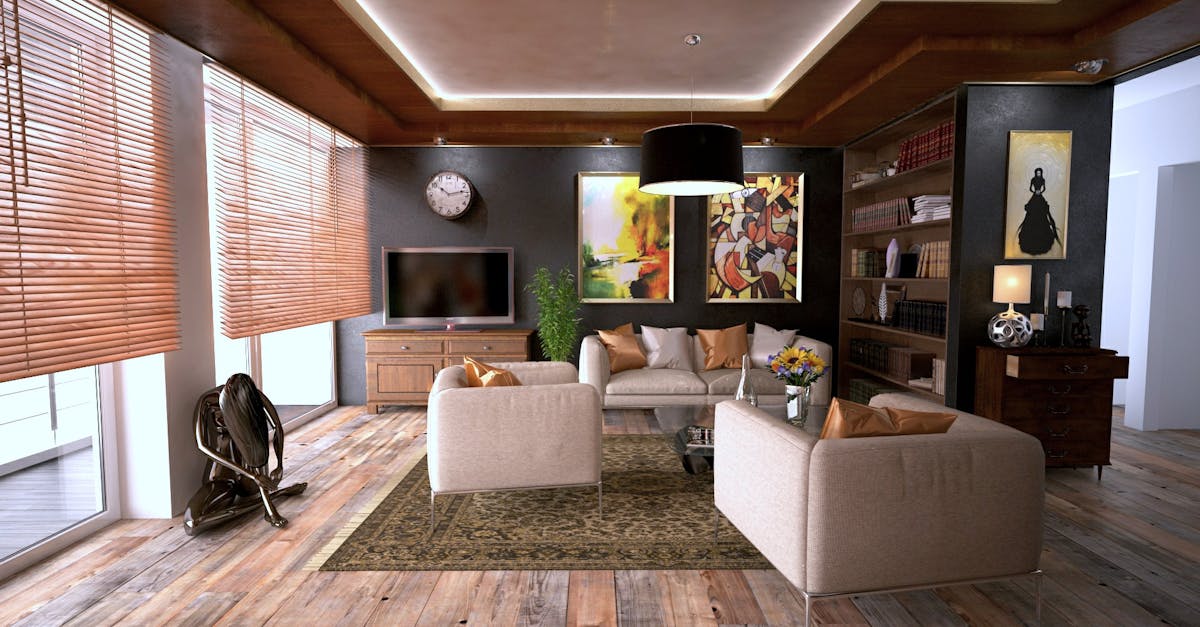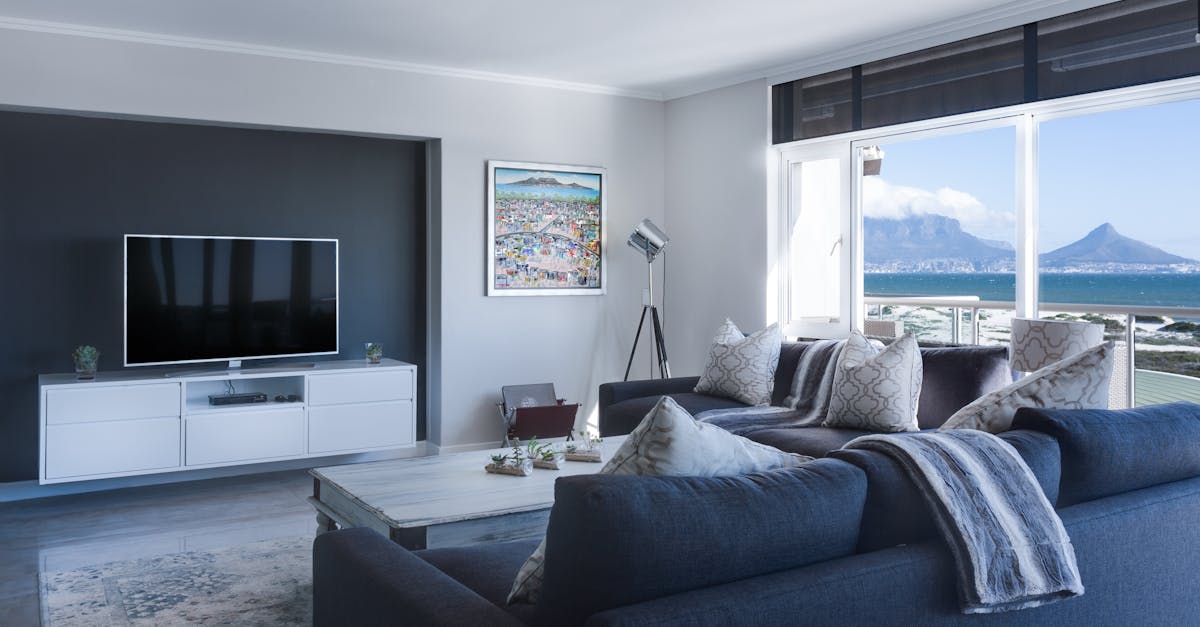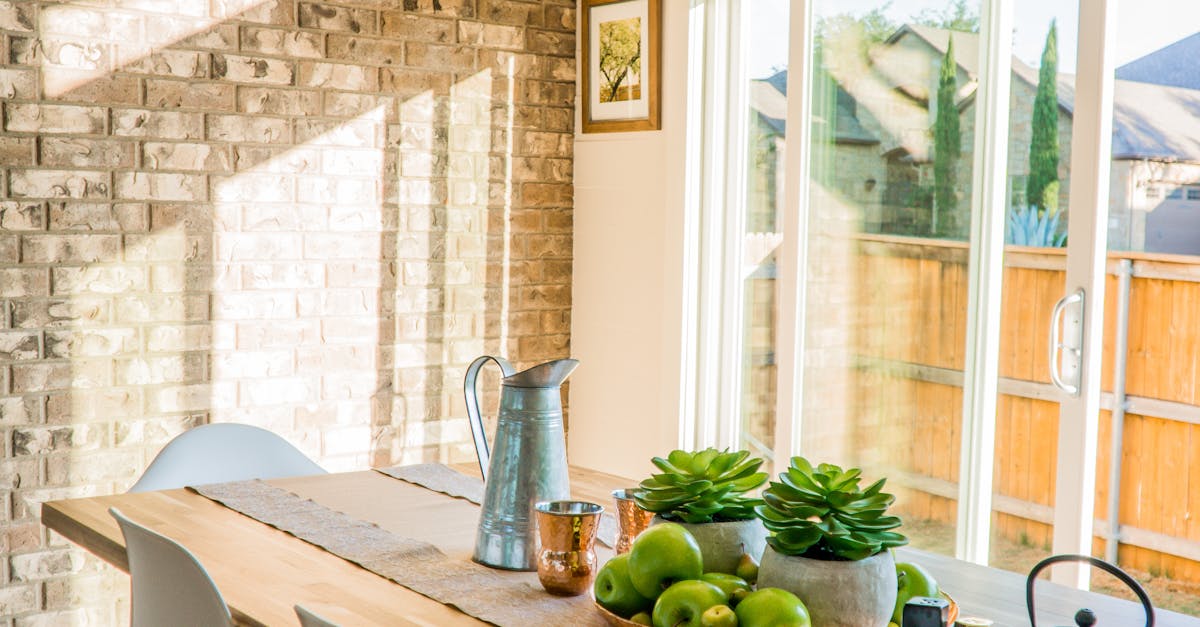
Table Of Contents
Differences Between Rendering and Plastering
Rendering and plastering are both widely used techniques in the construction industry, each serving distinct purposes in finishing the interior or exterior surfaces of buildings. While plastering involves the application of plaster mixtures on walls and ceilings to create smooth and even surfaces, rendering deals with the application of a mixture made of sand, cement, and water to the external walls of a structure. In Vaughan, both techniques play crucial roles in enhancing the aesthetic appeal and durability of buildings.
Rendering and plastering processes differ in terms of their applications and intended outcomes. Plastering is mainly used for interior walls and ceilings, providing a smooth and polished appearance suitable for painting or wallpapering. On the other hand, rendering is primarily applied to the external facades of buildings to provide protection against weather elements and enhance structural strength. Understanding the distinctions between rendering and plastering is essential for ensuring the successful completion of construction projects that involve Rendering and Visualization in Vaughan.
Bagging Rendering
Bagging rendering is a traditional method commonly used in applying a sand and cement mix to external walls. This technique involves throwing the mix against the wall with a flicking motion using a small handheld scoop. Bagging rendering is known for its textured finish which creates a rustic and natural look. Popular among homeowners seeking a more traditional appearance for their property, bagging rendering is a cost-effective option that provides durability and weather resistance.
Rendering and visualization in London often incorporate bagging rendering as a method to enhance the aesthetic appeal of buildings. With its unique textured finish, bagging rendering adds character and charm to structures, making them stand out in the architectural landscape. As a classic technique, bagging rendering showcases the craftsmanship and attention to detail that are hallmarks of traditional building practices in the region.
Modern Techniques in Rendering
Modern techniques in rendering have significantly evolved over the years, offering advanced solutions for architectural projects. The use of 3D rendering technologies has revolutionized the way designers and architects communicate their ideas. Companies specializing in Rendering and Visualization in Vaughan employ cutting-edge software to create detailed and realistic renderings of buildings and interiors. These tools allow for intricate details to be showcased, providing clients with a clear vision of the final product.
Another modern technique gaining popularity in the field of rendering is insulated rendering. This method involves applying an insulating material to the exterior walls of a building before adding the final decorative render. Insulated rendering not only enhances the thermal efficiency of the structure but also improves its overall appearance. Contractors specializing in Rendering and Visualization in Vaughan are well-versed in implementing this technique to ensure both aesthetic appeal and energy efficiency in architectural projects.
Insulated Rendering
Insulated rendering is a modern technique widely used in the construction industry. This method involves the application of an insulation material to the external walls of a building before adding the render finish. The insulation acts as a protective layer, helping to improve the energy efficiency of the building by reducing heat loss, which is particularly beneficial in colder climates like Canada. Rendering and Visualization in Toronto often recommend insulated rendering as a cost-effective solution to enhance the thermal performance of a property and reduce energy bills.
One of the key advantages of insulated rendering is its versatility in design. Not only does it improve the thermal efficiency of a building, but it also offers a wide range of aesthetic options. Homeowners in Toronto can choose from various finishes and colours to customize the exterior of their home, creating a unique look that suits their style preferences. Additionally, insulated rendering helps to protect the building from moisture ingress, preventing issues such as damp and mould, which are common concerns in regions with fluctuating weather conditions like Ontario.
Common Materials Used in Rendering
Rendering and visualization in Toronto involve various materials that are commonly used to achieve desired finishes. One prevalent material utilized in rendering is sand. Sand helps to improve the workability and texture of the render mix, allowing for a smoother and more cohesive application on surfaces. Additionally, sand helps in reducing shrinkage and cracking in the rendered surface, providing durability and strength.
Another essential material in rendering and visualization in Toronto is cement. Cement serves as the binder in the render mix, holding the particles together and providing adhesion to the substrate. It contributes to the overall strength and stability of the rendered surface, ensuring longevity and resilience against external factors. By combining sand and cement in specific ratios, a well-balanced render mix is achieved, enabling skilled professionals to create aesthetically pleasing and durable finishes for various architectural projects.
Scratch Render
Scratch render, a prevalent type of rendering technique, involves applying a base coat of mortar to a wall and scratching it while wet to create a rough surface. This method provides a solid foundation for subsequent layers of render, ensuring a strong and durable finish. In Mississauga, scratch render is commonly used in both residential and commercial buildings to enhance the aesthetics and longevity of the exterior walls. Rendering and Visualization in Mississauga often recommend using scratch render for its excellent adhesion properties and ability to withstand various weather conditions.
The process of scratch render requires skill and precision to achieve a uniform and textured surface. By creating a scratched pattern on the wet mortar, contractors ensure that the subsequent layers of render adhere securely to the wall. This technique allows for better water resistance and prevents the build-up of moisture within the walls, ultimately contributing to the overall structural integrity of the building. Rendering and Visualization in Mississauga often opt for scratch render due to its reliability and proven track record in providing a durable and visually appealing finish.
FAQS
What are the three main types of rendering?
The three main types of rendering are traditional sand and cement rendering, acrylic rendering, and polymer rendering.
What is traditional sand and cement rendering?
Traditional sand and cement rendering is a mixture of sand, cement, and lime that provides a durable and weather-resistant finish to external walls.
What is acrylic rendering?
Acrylic rendering is a more flexible and modern rendering option that uses a mixture of acrylic, sand, and other additives to create a smooth and textured finish.
What is polymer rendering?
Polymer rendering is a type of rendering that incorporates polymers into the mix, providing enhanced flexibility, adhesion, and durability compared to traditional rendering methods.
Which type of rendering is best for my project?
The best type of rendering for your project will depend on factors such as the location, substrate, desired finish, and budget. It is recommended to consult with a professional renderer to determine the most suitable option for your specific needs.
